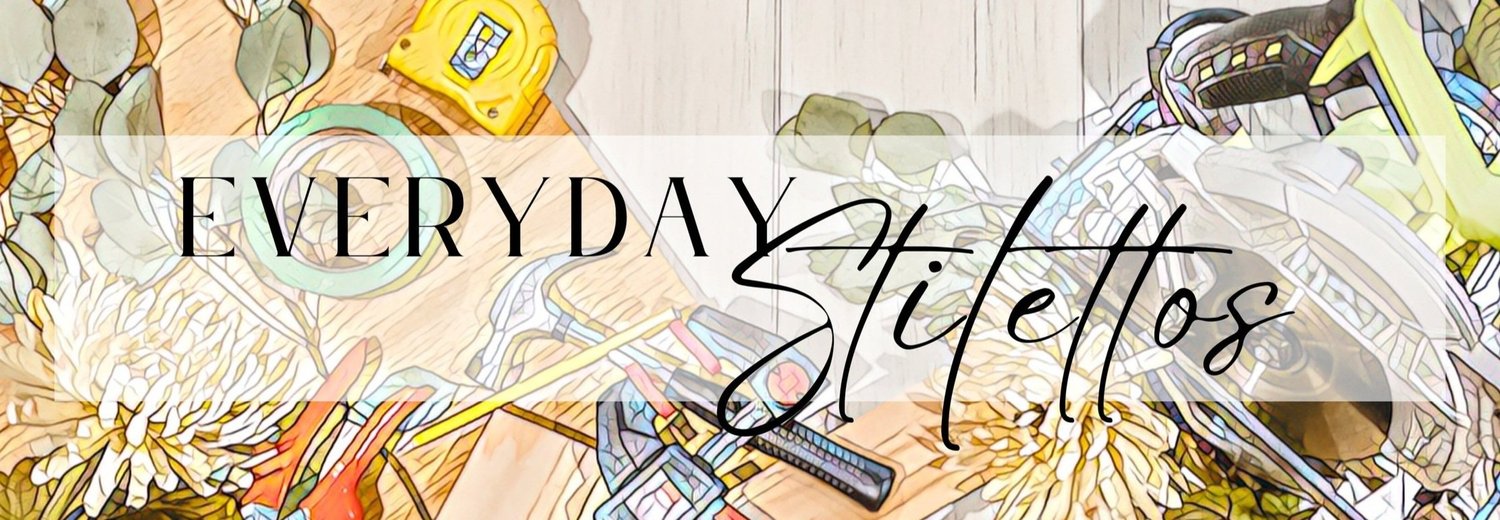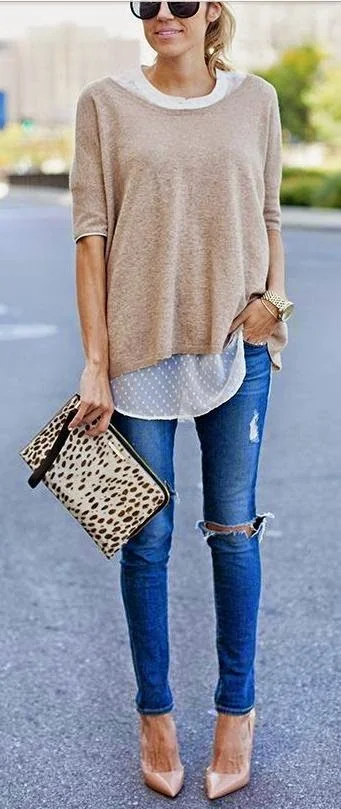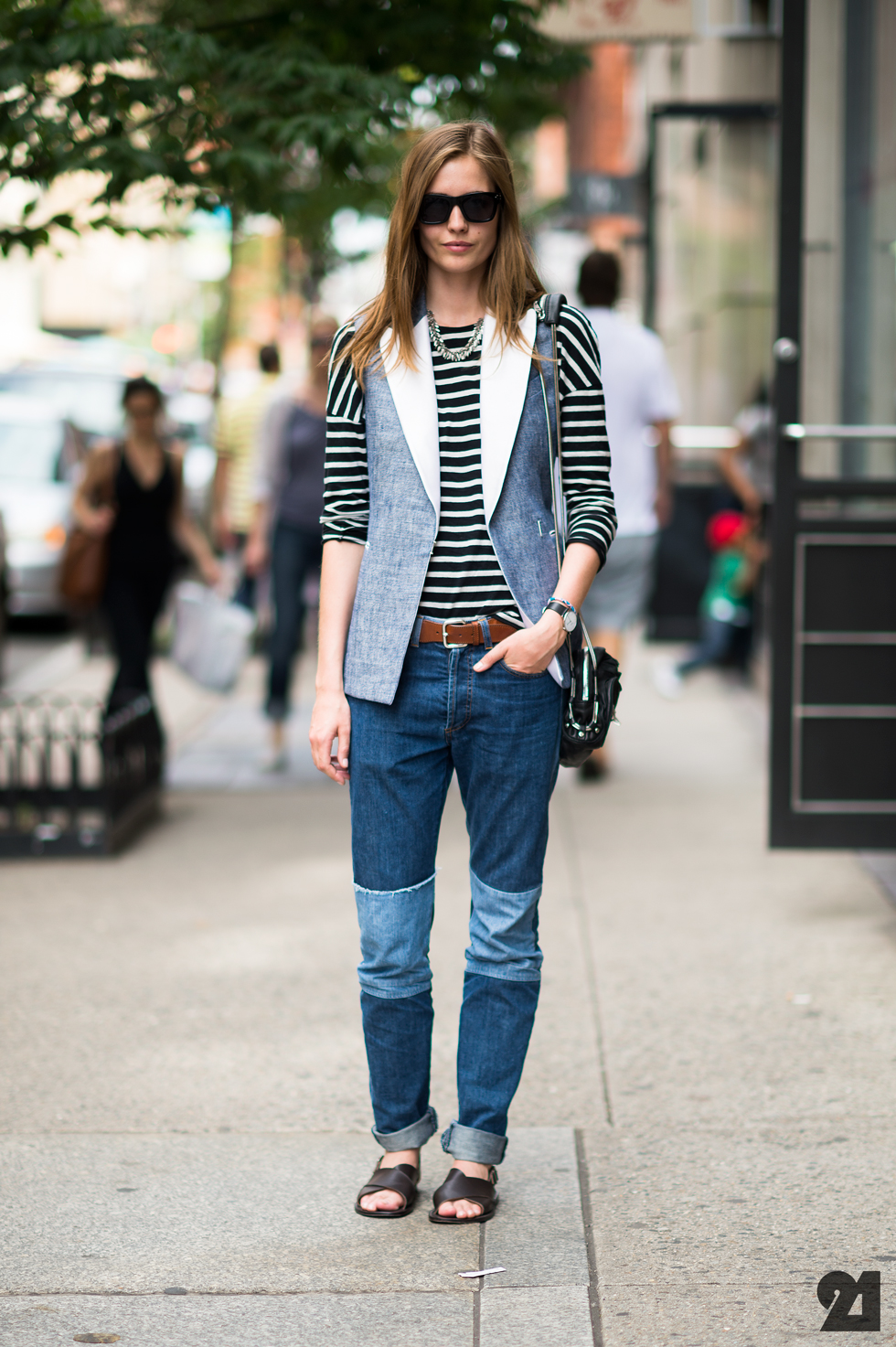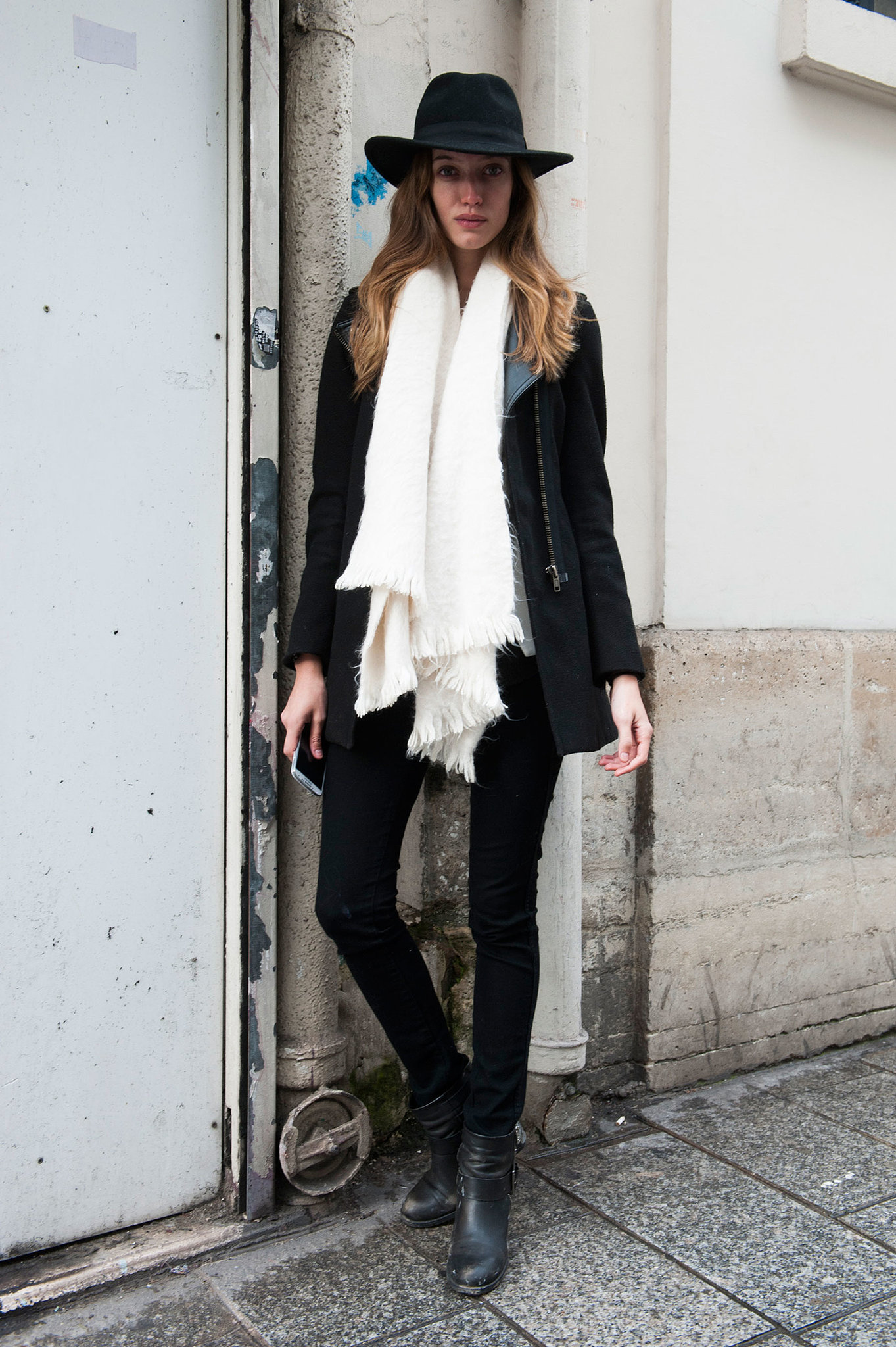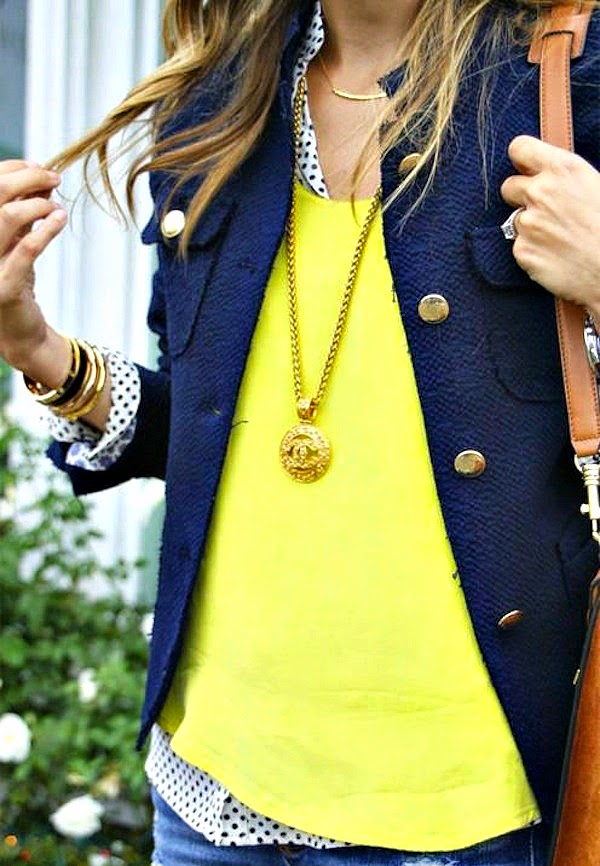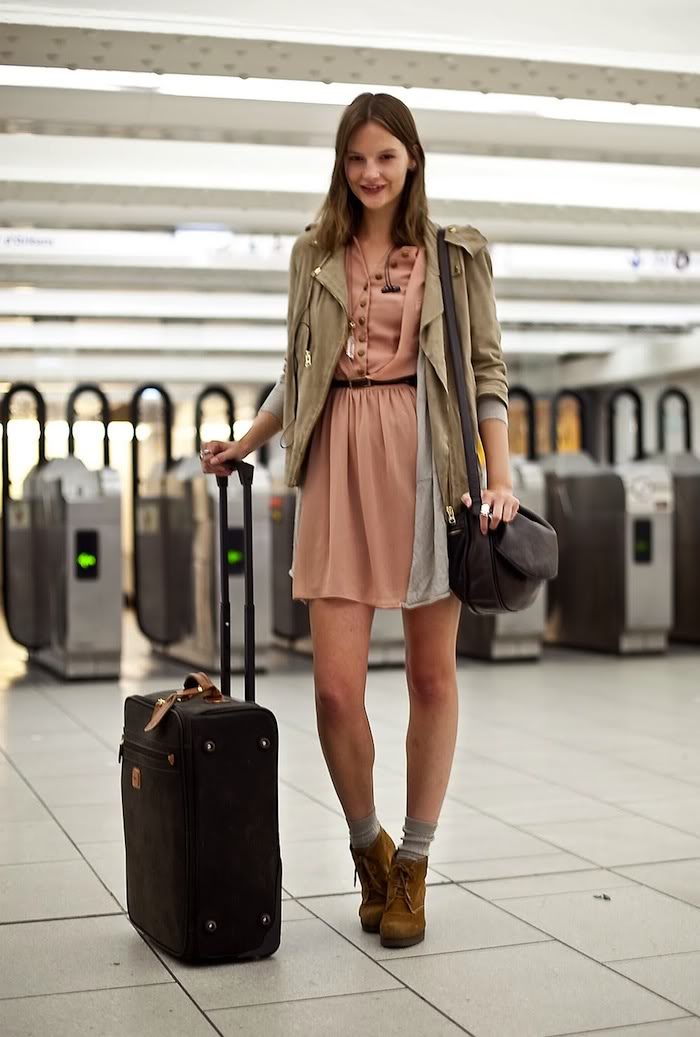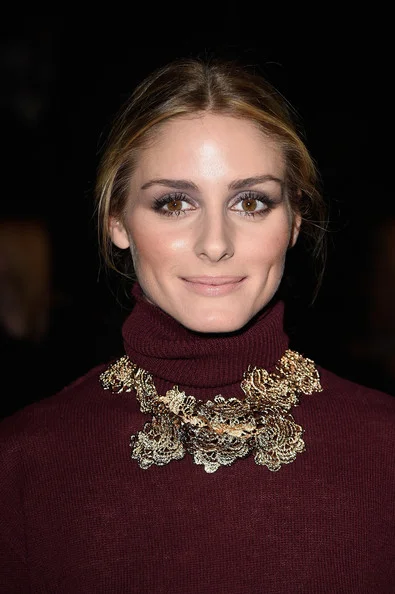Style Tips - How to Look Expensive
/So I was flipping through my most recent copy of Lucky magazine, and I noticed a short piece promoting the web-exclusive brand Datura (datura.com). The short article proclaimed that the site is "our new go-to for classic, wear-forever staples," and the founder, Stefania Borras was quoted saying "I saw a void for timeless, quality clothes at affordable prices.
Now, anything that claims to be affordable will get a second look from me. And after a glance at the collection pieces shown with the article, and poking around the site, it confirmed to me what I've already thought for a while: the word "affordable" to the fashion world means something totally different than it does to me (and I have to imagine to many Americans.)
My income these days is significantly more than it was 10 years ago, but I don't think my budget has changed much (seems like the more $ I make, the more expensive everything else in life is.) "Affordable" to me is not $150 for a linen shirt. In fact, unless for special occasion or quality leather, anything over $100 is generally too much. I don't have an extra $300 laying around for a silk shirt dress, and I confess envy if you are reading this and do (and not because I want the $300 silk shirt dress, but because I have student loans to pay off, and extra cash would help!) ;)
The good news is though that its not the price of what you wear that makes you look fashionable and stylish. Subconsciously we think stylish = expensive, and that's probably because the 'stylish' people we look up to for inspiration are rich: actresses, models, socialites, reality stars. We start to think that to look as fabulous as we think they do, we need their budgets. But that's so not true.
A while back, I read the book How to Look Expensive: A Beauty Editor's Secrets to Getting Gorgeous without Breaking the Bank, hoping for some secret tips. And while I'll go in to some details in later posts, here are some key things to get you started and keep in mind when shopping and dressing:
1. Steer clear of super trendy items in general. Of course have fun with your style, but anything that is too extreme quickly dates itself and is often not very versatile. And versatility is the key to a making the most of your wardrobe.
2. Black, white, neutrals - you can't go wrong. They may seem boring at first and on their own, but they provide the perfect foundation for layering and accessorizing, which is really what makes the outfit (see below.)
3. Proper FIT is a MUST. Even the most expensive garment will look bad if it fits you poorly. Everything fits models perfectly not because they are a size 2, but because the items are tailored for their bodies (that's why there are fittings before runway shows.) Take that $30 H&M dress in to a tailor and have them nip it or shorten it or whatever will make the garment just right for your body. Extensive tailoring can get expensive, but if you save on the dress and pay a bit extra for customized fit, it will be a great investment.
4. Once everything fits you well, think about LAYERS. Scarves, vests, jackets, etc. These are versatile pieces and will help transform so many outfits. Jeans and a T are staples, but just eh. You can change up the entire look with a beautiful scarf around your neck (even ok in the spring and summer in a light fabric.) If you are going to invest in anything, a quality, classic handbag is a good way to go, but you can also rotate in some fun patterns and colors in cheaper versions and look just as stylish.
5. ACCESSORIZE. You can easily spend bank here, but totally not necessary. Do spend on quality metal if its something you think you'll want to wear and keep for years, but embrace trends here with cheap (but well made) statement pieces or layering pieces. And BELTS are a great way to change things up, cinching in a blousy dress or top, adding interest to the outfit (another layer) and helping define your shape. If you're going to invest in anything, a quality classic handbag is a good way to go, but you can also rotate in some fun patters and colors in cheaper versions.
This is a start. If you pay attention when you see well-dressed, stylish women, you'll notice that them employ all of these elements. And you have no way to know how much everything actually cost them.
I know, in a perfect world we'd all have walk-in closets and unlimited wardrobe budgets (and there would be no more cancer, or hunger and the world would all just get along.) But alas, we are clearly not in a perfect world, so we must make the best of what we've got (see my Thankful Thursday posts for reminders.)
What are your key styling tips?
